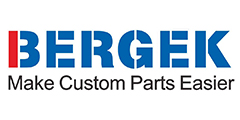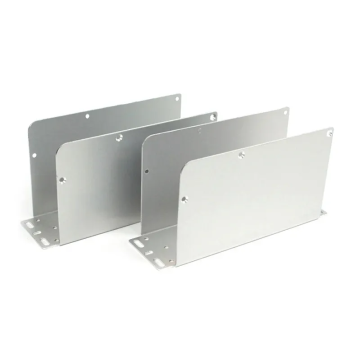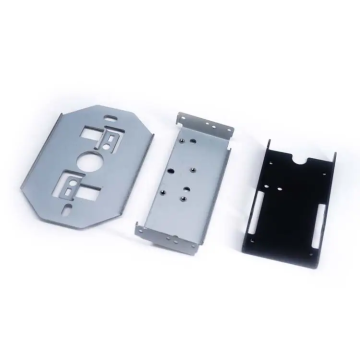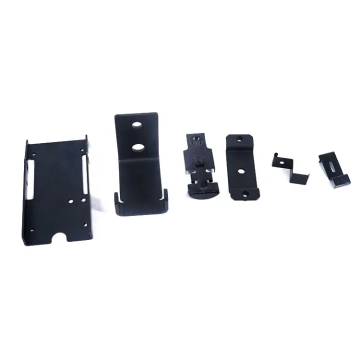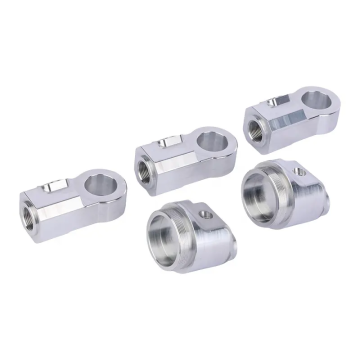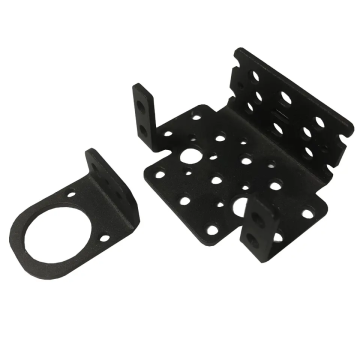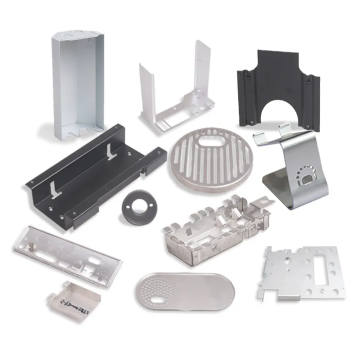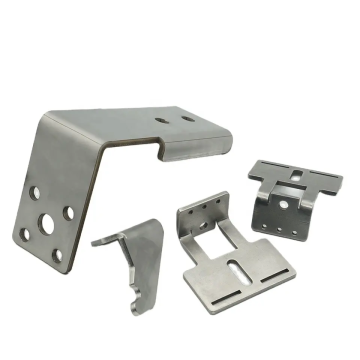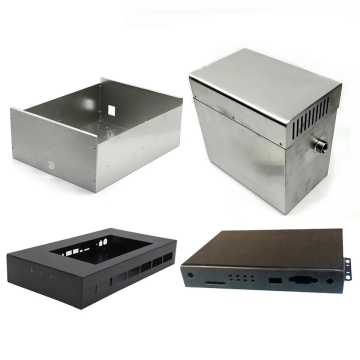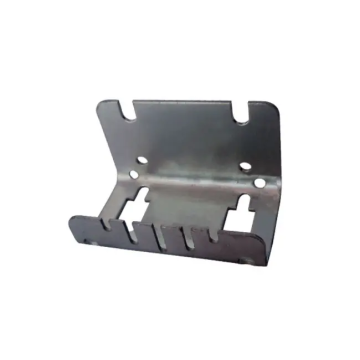
Precision Sheet Metal Stamping Parts
-
$10.00≥1 Piece/Pieces
- Min. Order:
- 1 Piece/Pieces
- Min. Order:
- 1 Piece/Pieces
- Transportation:
- Ocean, Land, Air, Express
- Port:
- guangdong, shenzhen
Quantity:
Your message must be between 20 to 2000 characters
Contact NowBasic Info
Basic Info
| Place of Origin: | guangdong |
|---|---|
| Productivity: | 1000 |
| Supply Ability: | 1000 |
| Payment Type: | L/C,T/T,D/P,D/A,Paypal |
| Incoterm: | FOB,CFR,CIF,EXW,FAS,FCA,CPT,CIP,DDP,DDU,DEQ |
| Transportation: | Ocean,Land,Air,Express |
| Port: | guangdong,shenzhen |
Product Description
Product Description
Sheet metal stamping is a widely used manufacturing process for creating high-quality, precise metal parts. This process involves shaping and cutting sheets of metal into the desired form using a stamping press and various stamping dies. Sheet metal stamping is favored in many industries due to its ability to produce complex geometries, tight tolerances, and cost-effective results.
One of the key benefits of sheet metal stamping is its ability to create complex parts with relative ease. By using advanced software to create detailed designs and precise tooling, manufacturers can achieve superior accuracy and minimize material waste. In addition, sheet metal stamping allows for easy scalability, which makes it an ideal option for mass production of large quantities of identical parts.
Another key advantage of sheet metal stamping is that it is cost-effective compared to other manufacturing methods. The process uses less material than traditional machining techniques and requires lower labor costs than manual fabrication. Furthermore, sheet metal stamping can be performed on a range of metals, including aluminum, steel, brass, copper, and nickel, making it a versatile choice for various applications and industries.
When considering sheet metal stamping, it's important to note that there are different types of presses and dies available depending on the complexity and material of the part being produced. Some common types of dies include blanking dies, piercing dies, and forming dies. Each die has a specific function and helps ensure that the final product meets the required specifications.
In conclusion, sheet metal stamping is a versatile and efficient process for producing complex metal components. From automotive and aerospace to electronics and consumer goods, this technology is at the heart of many industries. With ongoing advancements in stamping technology and materials science, we can expect to see even greater innovation and efficiency in sheet metal stamping well into the future.
One of the key benefits of sheet metal stamping is its ability to create complex parts with relative ease. By using advanced software to create detailed designs and precise tooling, manufacturers can achieve superior accuracy and minimize material waste. In addition, sheet metal stamping allows for easy scalability, which makes it an ideal option for mass production of large quantities of identical parts.
Another key advantage of sheet metal stamping is that it is cost-effective compared to other manufacturing methods. The process uses less material than traditional machining techniques and requires lower labor costs than manual fabrication. Furthermore, sheet metal stamping can be performed on a range of metals, including aluminum, steel, brass, copper, and nickel, making it a versatile choice for various applications and industries.
When considering sheet metal stamping, it's important to note that there are different types of presses and dies available depending on the complexity and material of the part being produced. Some common types of dies include blanking dies, piercing dies, and forming dies. Each die has a specific function and helps ensure that the final product meets the required specifications.
In conclusion, sheet metal stamping is a versatile and efficient process for producing complex metal components. From automotive and aerospace to electronics and consumer goods, this technology is at the heart of many industries. With ongoing advancements in stamping technology and materials science, we can expect to see even greater innovation and efficiency in sheet metal stamping well into the future.
Picture details




Related Keywords
Related Keywords

